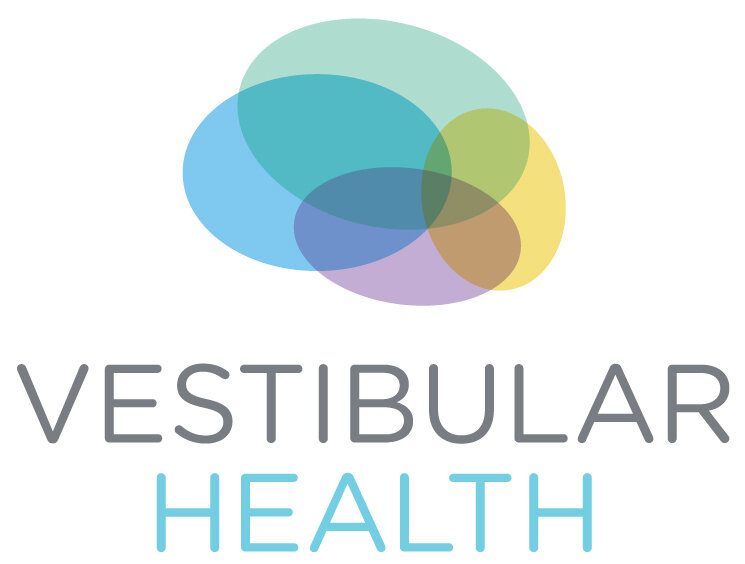
Will vestibular rehab help me?
Do you experience dizziness, vertigo, balance problems, or falls? Find out if vestibular rehabilitation physiotherapy can help you! Learn what vestibular rehab is, how it works, and whether it could help your symptoms. Our expert physiotherapists are here to help at our Toronto clinics or online through virtual care.

Planting SEEDS for your vestibular health
Discover how planting SEEDS (sleep, eating, exercise, drinking water, stress management & social connection) alongside vestibular rehabilitation can support your recovery from vestibular disorders. Learn practical tips for improving your physical and mental health.

How to find a vestibular health care provider
Find the right health care provider to diagnose and treat vertigo, dizziness, and balance problems. Learn about specialists who provide vestibular care, and what to look for in vestibular rehab therapy to get effective treatment.

Can serotonin help restore balance? Exploring the role of SSRIs and SNRIs in vestibular disorders
Discover how SSRIs and SNRIs, commonly used for depression and anxiety, may help improve vestibular symptoms in vestibular disorders like PPPD, Vestibular Migraine, and Meniere's Disease. Explore new research on the mind-ear connection.

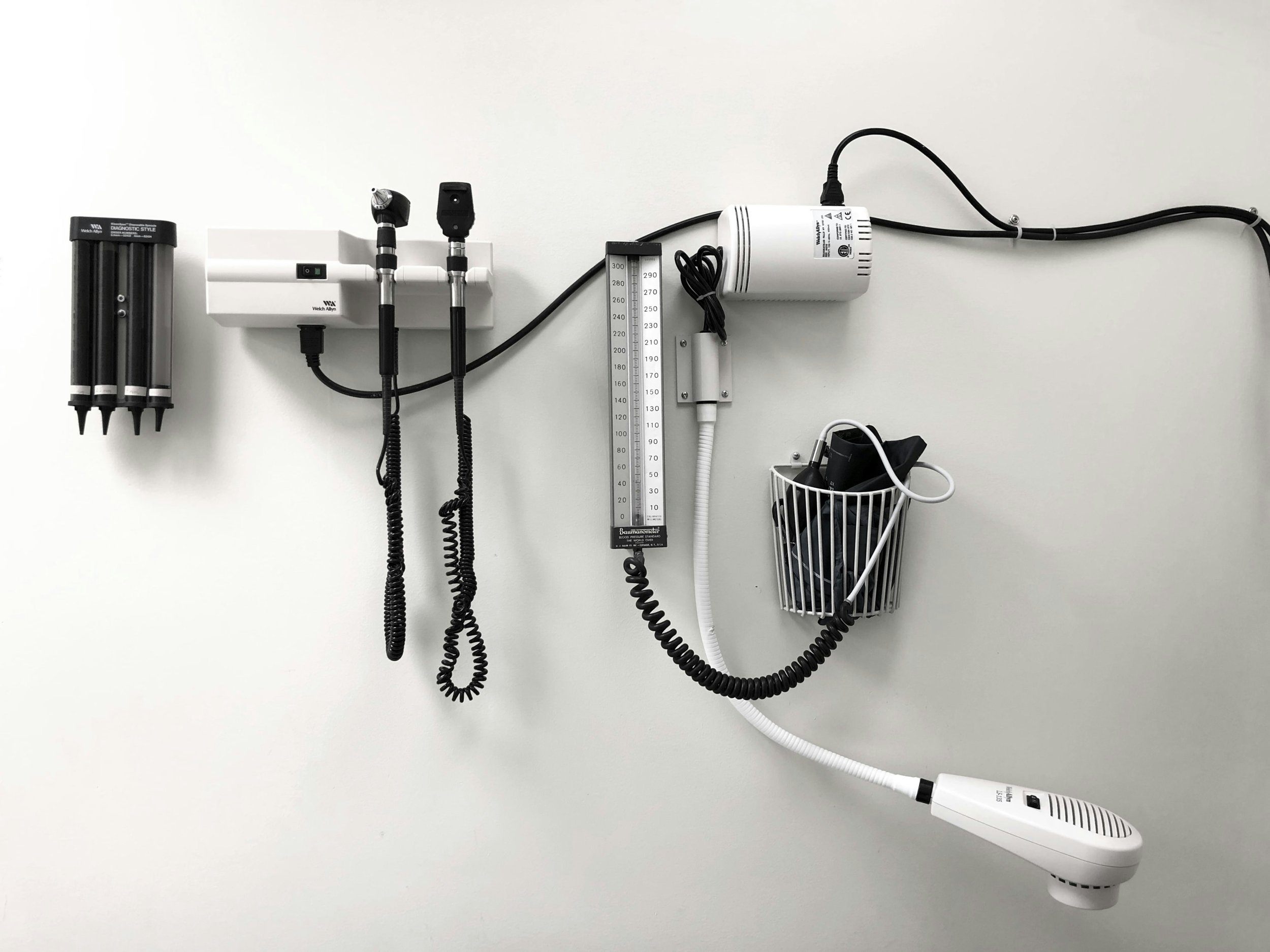
In the news: Why Canadians need more help for dizziness
Many people who experience problems with dizziness, imbalance, or vertigo have trouble getting a diagnosis and difficulty accessing specialists. Our team spoke with CBC Radio about the challenges people face getting comprehensive evaluation and effective treatment for vestibular symptoms.

Improving dizziness & balance with acoustic neuroma
Our team presented a poster at the Acoustic Neuroma Association symposium on physiotherapy outcomes for patients with acoustic neuroma/vestibular schwannoma seen in our clinic. Vestibular rehabilitation can help improve symptoms of dizziness, imbalance, and blurry or bouncing vision across all stages of acoustic neuroma treatment options.
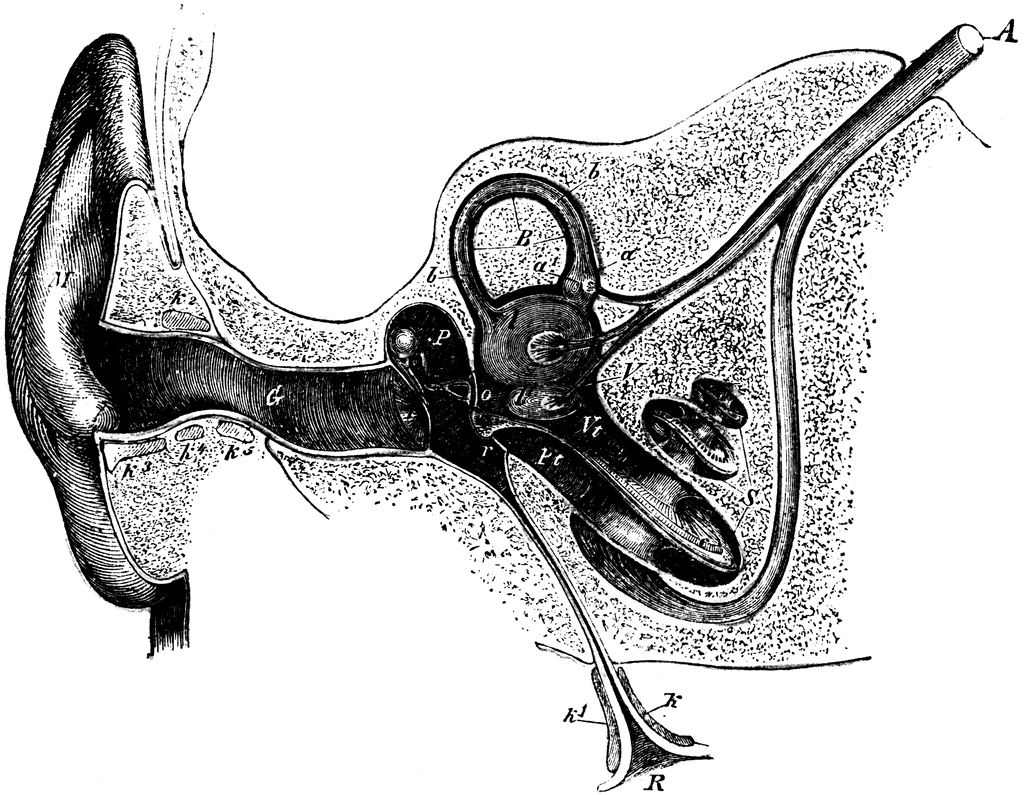
Vestibular neuritis
Vestibular neuritis is a common cause of vertigo, and vestibular rehab is an effective treatment to improve symptoms and quality of life. Learn about the symptoms of vestibular neuritis, how this condition is treated, and what to expect in your recovery.
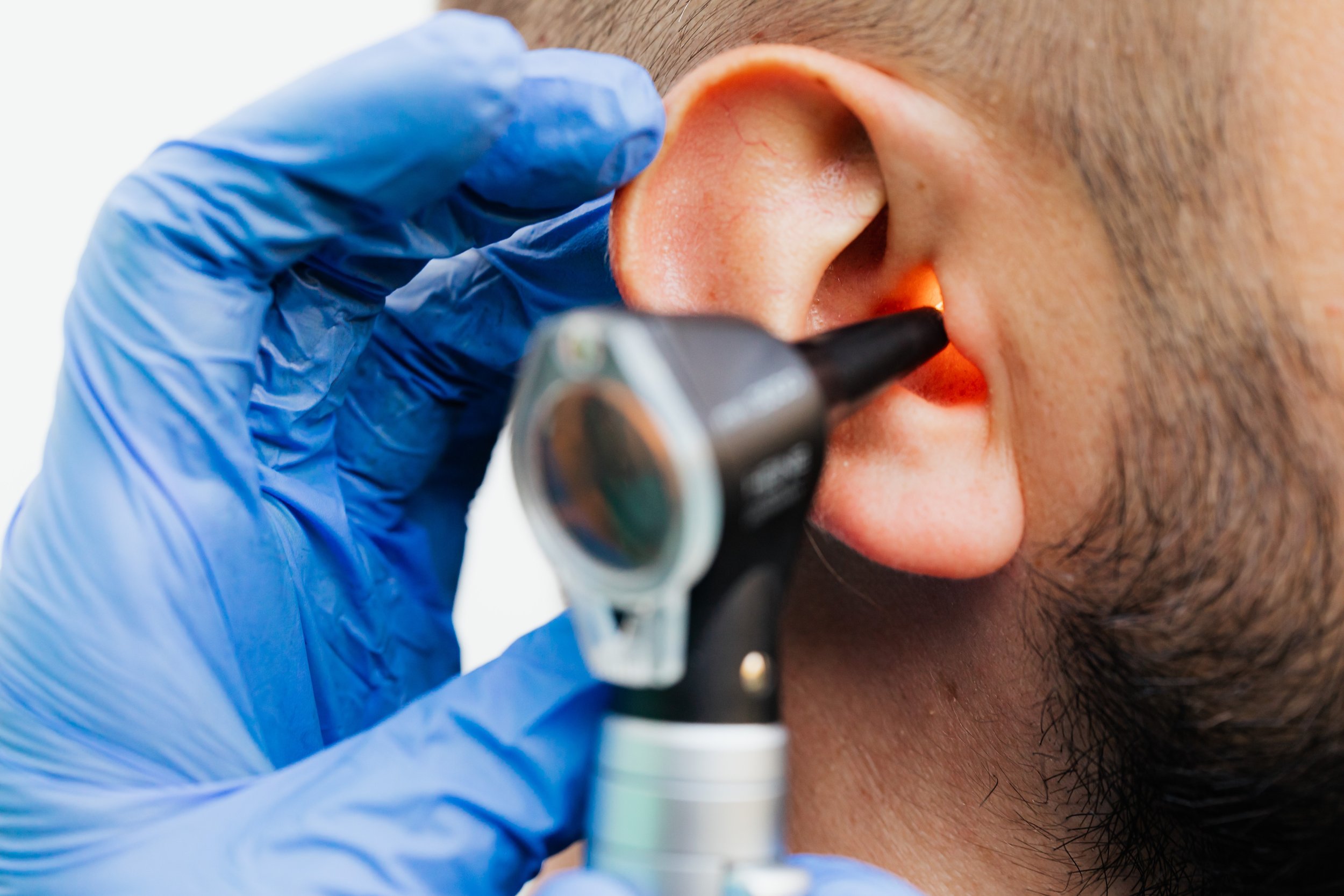
Diagnostic tests for vestibular disorders
Your doctor may recommend tests of your inner ear function to help confirm what is causing your dizziness, vertigo, or balance problems. Learn more about common tests used to diagnose vestibular disorders.

Persistent postural perceptual dizziness (PPPD)
Persistent Postural Perceptual Dizziness (PPPD) causes chronic symptoms of dizziness, non-rotatory vertigo like rocking or swaying, and balance problems. Learn more about what causes PPPD and how vestibular rehab can help.
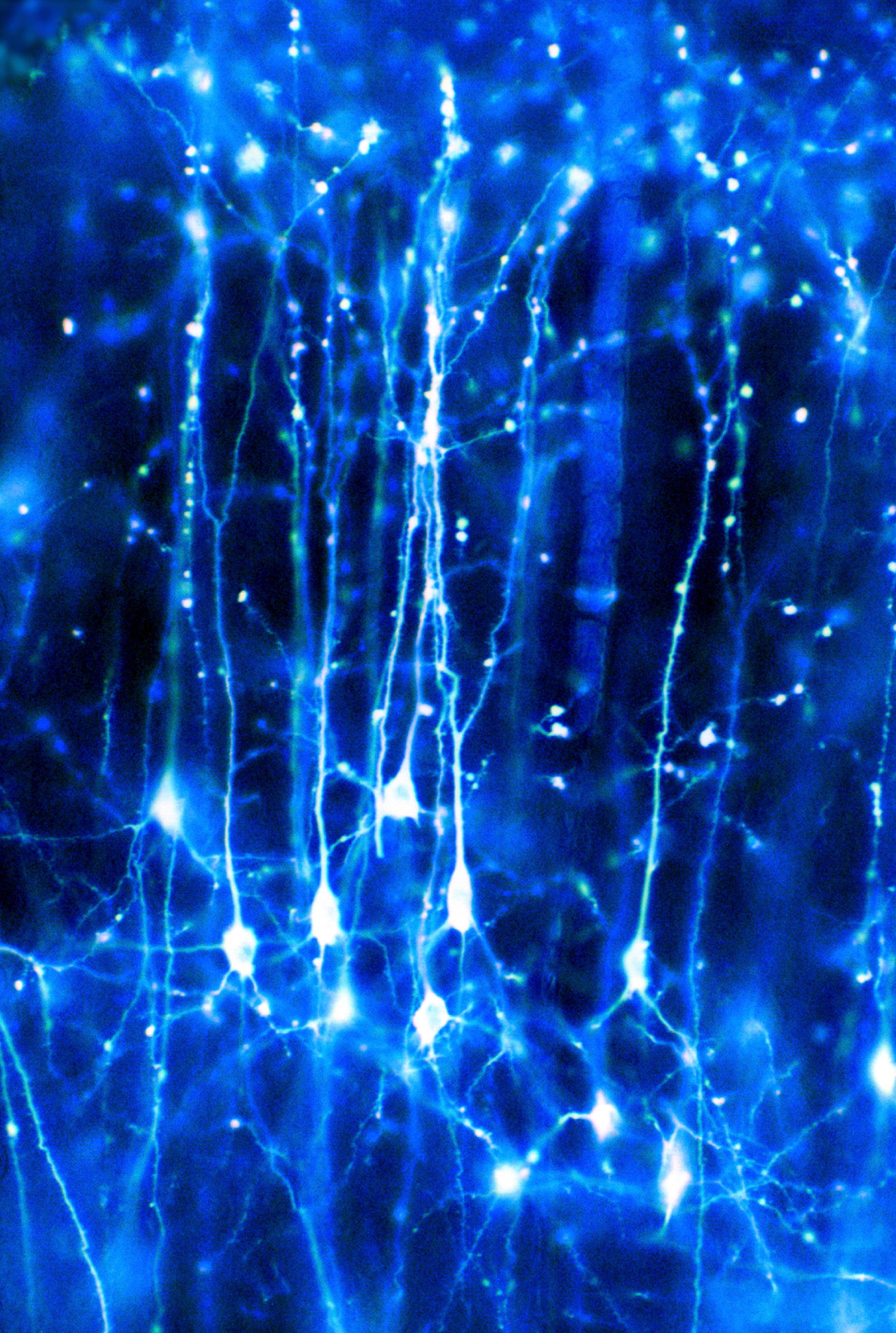
Vestibular migraine
Migraine is not just a headache! Vestibular migraine causes vertigo, dizziness, imbalance, motion intolerance, and visual sensitivity. Learn more about diagnosis and treatment of vestibular migraine, and how vestibular rehab physiotherapy can help.
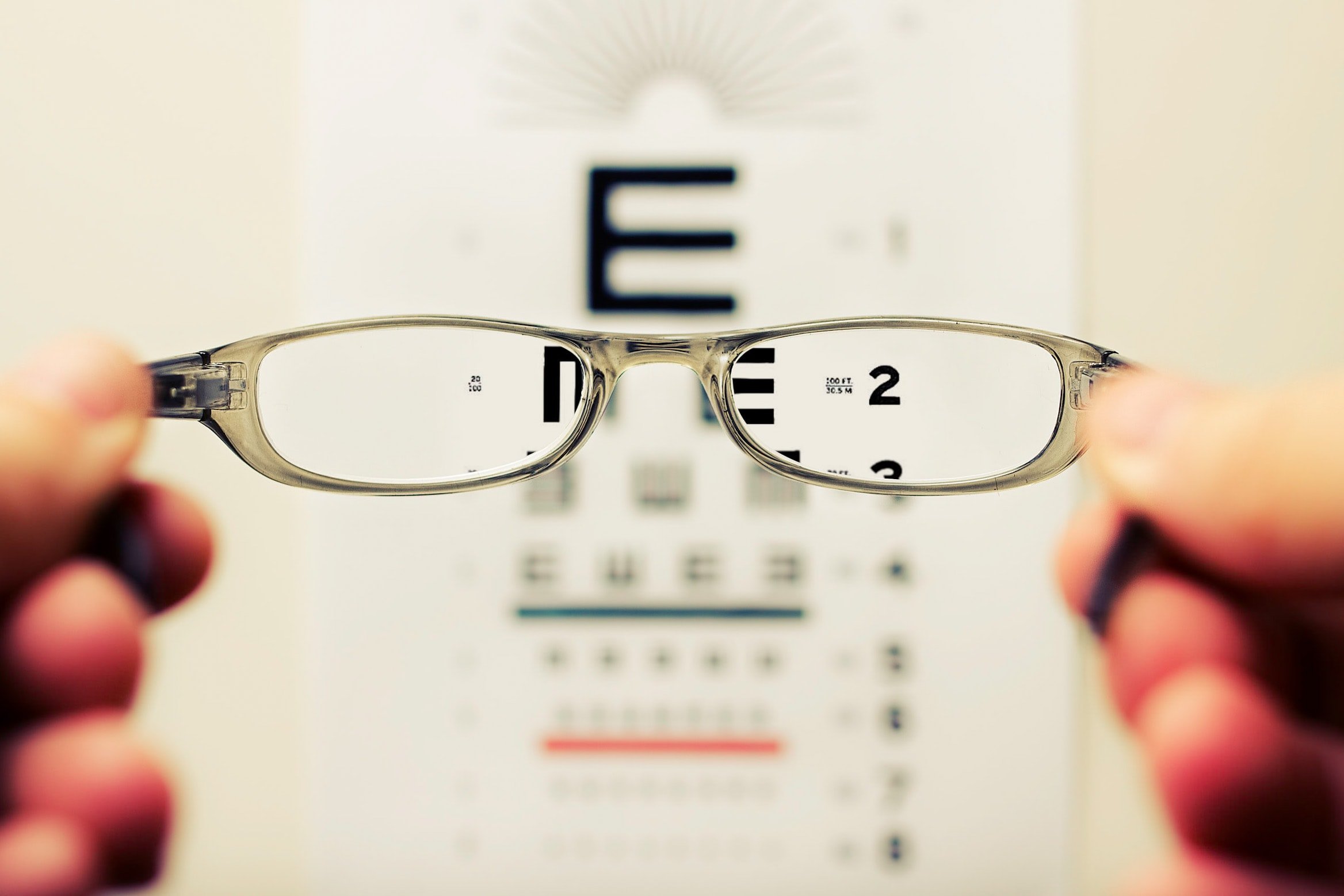
What is the vestibuloocular reflex?
The vestibulo-ocular reflex is how our ears, eyes, and brain work together to keep our vision stable while we move. Learn about how your VOR works, how vestibular disorders cause visual symptoms, how we evaluate your VOR, and vestibular rehab treatment for VOR loss.

Rare vestibular conditions: Cerebellar ataxia with neuropathy and vestibular areflexia (CANVAS)
Cerebellar ataxia with neuropathy and vestibular areflexia (CANVAS) is a rare syndrome, caused by problems in the brain, vestibular system, and sensory nerves. Signs and symptoms include imbalance, problems walking, incoordination, and abnormal eye movements called nystagmus. Vestibular rehabilitation for CANVAS can help improve balance and mobility.

Rare vestibular conditions: Cerebellar ataxia with bilateral vestibulopathy (CABV)
Cerebellar ataxia with bilateral vestibulopathy (CABV) is a rare syndrome caused by problems in the brain and vestibular system. Signs and symptoms include balance problems and abnormal eye movements called nystagmus. Vestibular rehabilitation for CABV can help improve balance and mobility.

Online exercises for vertigo & dizziness
When vertigo, dizziness, and imbalance are disabling, you will try everything you can to get better! Finding exercises online may have benefits, but also some pitfalls. Learn about the types of self-help exercises you may find, tips for what you might experience when trying these treatments, and when you might need expert help.

Sleep and vestibular disorders
Sleep problems are common in vestibular disorders and concussion/mild traumatic brain injury. Sleep is important for recovery, and poor sleep can worsen vestibular symptoms like dizziness and imbalance. Learn how insomnia impacts your recovery and tips to help improve your sleep.
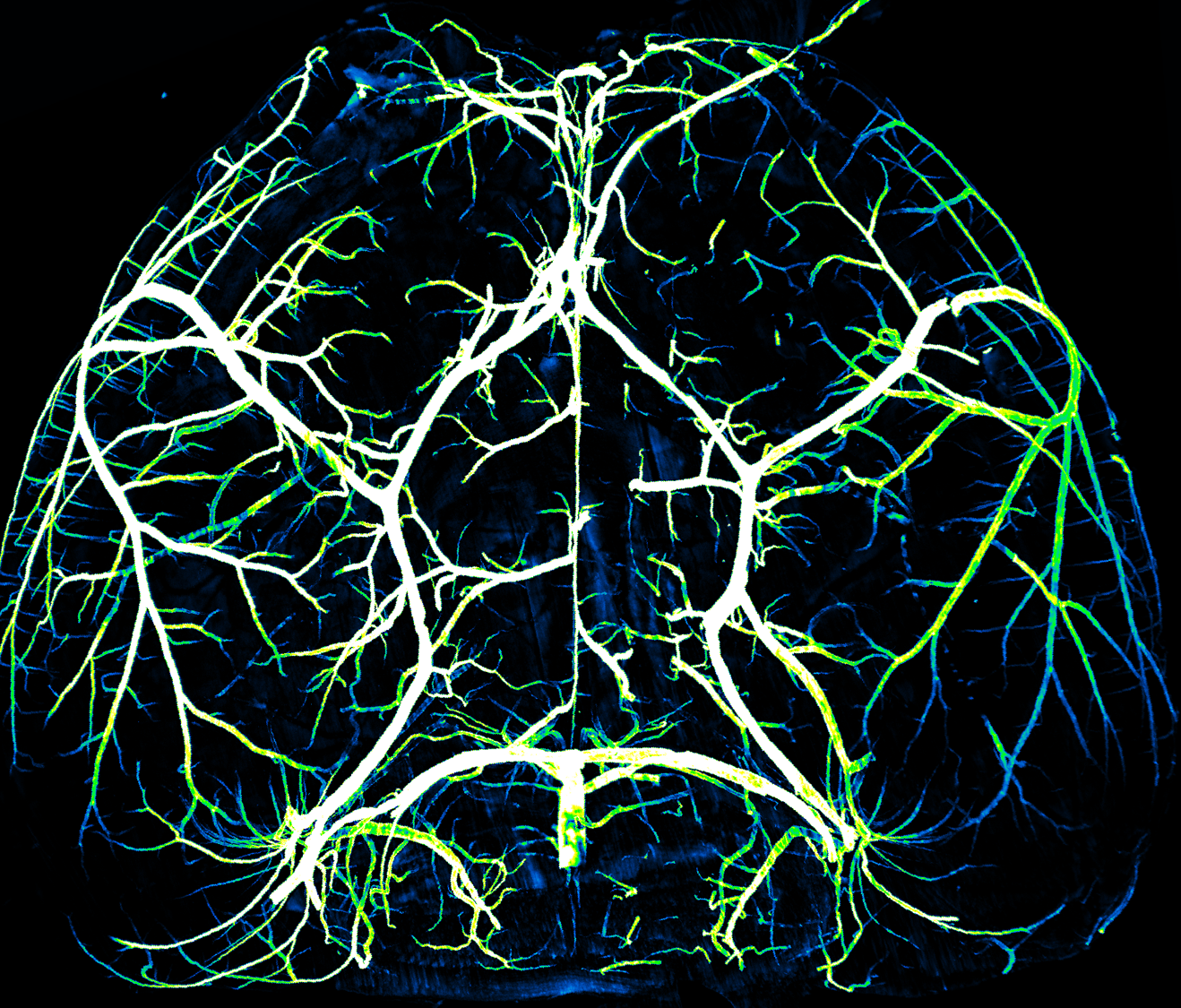
Vertigo, dizziness, imbalance & vestibular rehab after stroke
Dizziness, vertigo, and balance problems are common symptoms after cerebellar stroke. Watch Elizabeth Crawford’s presentation for the Central South Regional Stroke Network on the role of vestibular physiotherapy in rehabilitation after posterior circulation stroke.
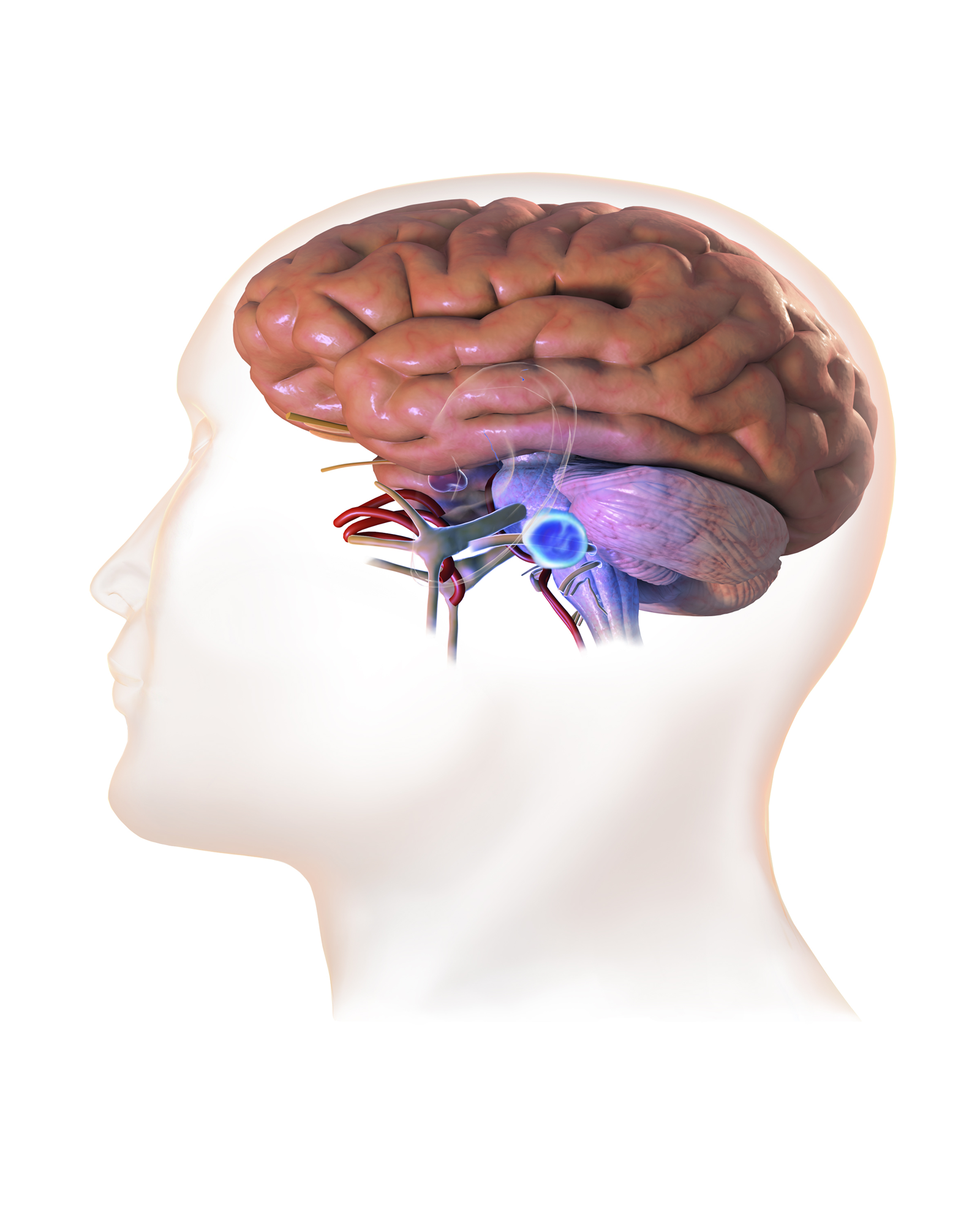
Training your brain: Vestibular rehab for acoustic neuroma
Dizziness, vertigo, and balance problems are common symptoms of vestibular schwannoma, also known as acoustic neuroma. Watch Elizabeth Crawford’s presentation for the Acoustic Neuroma Association of Canada on the role of vestibular physiotherapy in the treatment of vestibular symptoms due to acoustic neuroma.

Persistent dizziness & imbalance after concussion / mild traumatic brain injury
Dizziness, vertigo, and balance problems are common symptoms after mild traumatic brain injury. Watch Shaleen Sulway’s presentation for the Canadian Concussion Centre on the role of vestibular physiotherapy in the treatment of persistent dizziness after concussion.

Why we use infrared goggles to assess and treat vertigo
Learn more about why we use infrared video goggles in our comprehensive vestibular evaluations.
